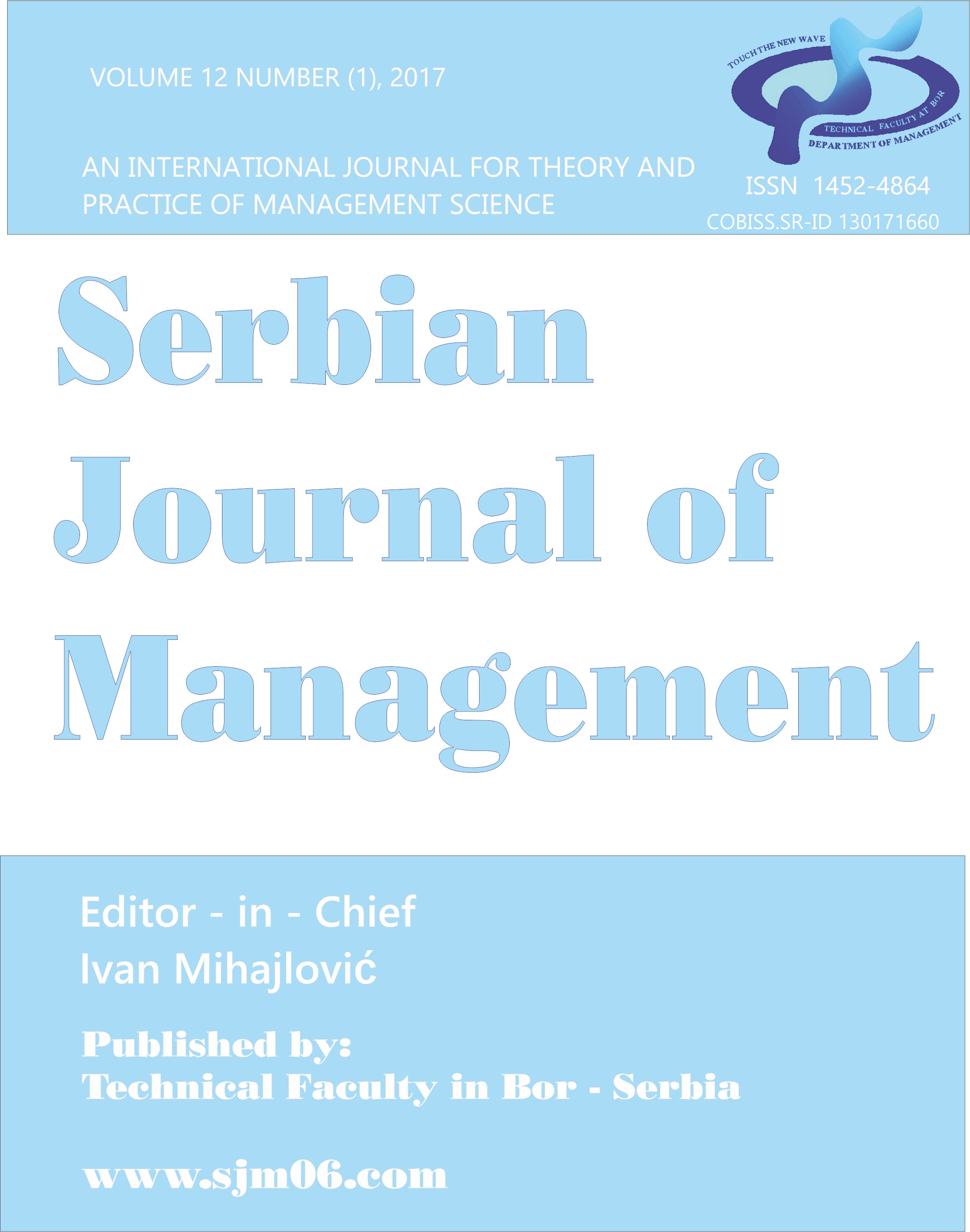Reuse and recovery of products in the reverse logistics process in the omnichannel model on the example of a sports store chain
Abstract
The role of reverse logistics is to ensure that the return of goods is efficient and trouble-free. It is also responsible for determining whether the goods are fully valuable and can be sold again, or whether they should be subjected to additional processes for repair or disposal. The aim of the work is to present the processes of reverse logistics and after-sales customer service based on the Decathlon store chain. The article characterizes several activities that enable recovery of the economic value of used or broken products, such as: repair, renovation, cannibalization or recycling.
Depending on the technical condition and the reason for returning the goods to the seller, the returned products will undergo different processes. Goods of full value that have been returned due to the change in the consumer's mind can immediately be returned for resale and issued to another customer. In the event that the goods show signs of use or have been returned for a specific reason given by the customer, it is necessary to check whether the article is suitable for resale. For example the defect can be removed and such a product after service can be returned to warehouse stock. With such items in mind, the 2nd Life department has been created, which takes items with minor damage and reissues them for sale at a discounted price, that meet safety standards or their disposal. Actions that the company takes to reduce waste and ways that the consumer has the opportunity to solve the problem with a defect on their own have been presented.
References
Abdessalem, M., Hadj-Alouane, A.B., & Riopel, D. (2012). Decision modelling of reverse logistics systems: Selection of recovery operations for end-of-life products, International Journal of Logistics Systems and Management, 13 (2), 139-161.
Fleischmann, M., Beullens, P., Bloemhof-Ruwaard, J.M., & Van Wassenhove, L.N. (2001). The impact of product recovery on logistics network design. Production and Operations Management, 10 (2), 156-173.
Flygansvær, B., Samuelsen, A.G., & Støyle, R.V. (2021). The power of nudging: How adaptations in reverse logistics systems can improve end-consumer recycling behavior. International Journal of Physical Distribution & Logistics Management, 51 (9), 958-977.
Kazancoglu, I., Kazancoglu, Y., Yarimoglu, E., & Kahraman, A. (2020). A conceptual framework for barriers of circular supply chains for sustainability in the textile industry. Sustainable Development, 28 (5), 1477-1492.
Krykawskyy, Y., & Fihun, N. (2015). The Place of Reverse Logistics in the Modern Society. Logistics and Transport, 1 (25), 5-12.
Lysenko-Ryba, K. (2015). Reverse logistics as a source of competitive benefits, University of Economics in Katowice, Poland. (In Polish)
Majerýák, P., & Majerýáková, E. (2013). Reverse logistics and its importance in the supply chain.
Melissen, F.W., & De Ron, A.J. (1999). Defining recovery practices – definitions and terminology. International Journal of Environmentally Conscious Manufacturing and Design, 8 (2), 1-18.
Nitsche, B. (2021). Exploring the Potentials of Automation in Logistics and Supply Chain Management: Paving the Way for Autonomous Supply Chains. Logistics, 5 (3), 51.
Rogers, D.S., & Tibben -Lembke, R. (2001). An examination of reverse logistics practices. Journal of Business Logistics, 22 (2), 129-148.
Skurpel, D., & Wodnicka, M. (2023). Reverse logistics of e-commerce as a challenge for the cep industry, Scientific Papers of Silesian University of Technology 2023 organization and management series NO. 170.
The Internet sources
https://www.mecalux.pl/artykuly-logistyczne/logistyka-odzysku, access date: 31.01.2022.
Mathieu Rosier Reverse Logistics. (2008). Integrated Supply Chain Solutions [Electronic resource] / PricewaterhouseCoopers. - Access mode: www.remanufacturing.org.uk/pdf/story/1p293.pdf.
The Author wishes to submit the Work to SJM for publication. To enable SJM to publish the Work and to give effect to the parties’ intention set forth herein, they have agreed to cede the first right to publication and republication in the SJM Journal.
Cession
The Author hereby cedes to SJM, who accepts the cession, to the copyright in and to the paper.
The purpose of the cession is to enable SJM to publish the Work, as first publisher world-wide, and for republication in the SJM Journal, and to grant the right to others to publish the Work world-wide, for so long as such copyright subsists;
SJM shall be entitled to edit the work before publication, as it deems fit, subject to the Authors approval
The Author warrants to SJM that:
- the Author is the owner of the copyright in the Work, whether as author or as reassigned from the Author’s employee and that the Author is entitled to cede the copyright to SJM;
- the paper (or any of its part) is not submitted or accepted for publication in any other Journal;
- the Work is an original work created by the Author;
- the Author has not transferred, ceded, or assigned the copyright, or any part thereof, to any third party; or granted any third party a licence or other right to the copyright, which may affect or detract from the rights granted to SJM in terms of this agreement.
The Author hereby indemnifies the SJM as a body and its individual members, to the fullest extent permitted in law, against all or any claims which may arise consequent to the warranties set forth.
No monetary consideration shall be payable by SJM to the Author for the cession, but SJM shall clearly identify the Author as having produced the Work and ensure that due recognition is given to the Author in any publication of the Work.
Should SJM, in its sole discretion, elect not to publish the Work within 1 year after the date of this agreement, the cession shall lapse and be of no further effect. In such event the copyright shall revert to the Author and SJM shall not publish the Work, or any part thereof, without the Author’s prior written consent.

